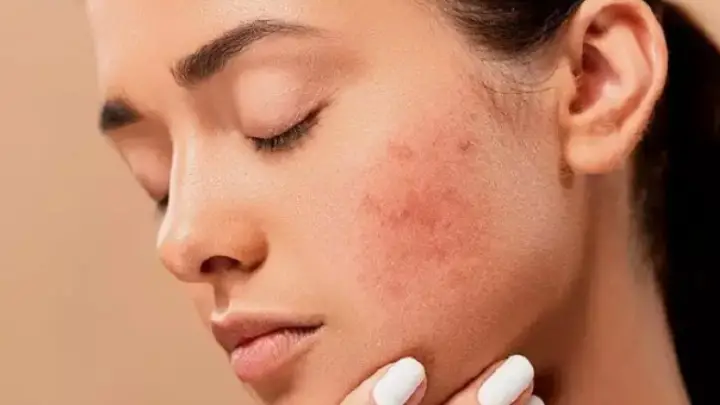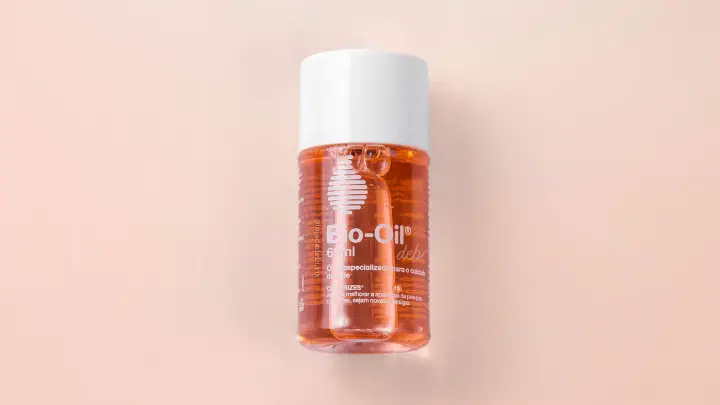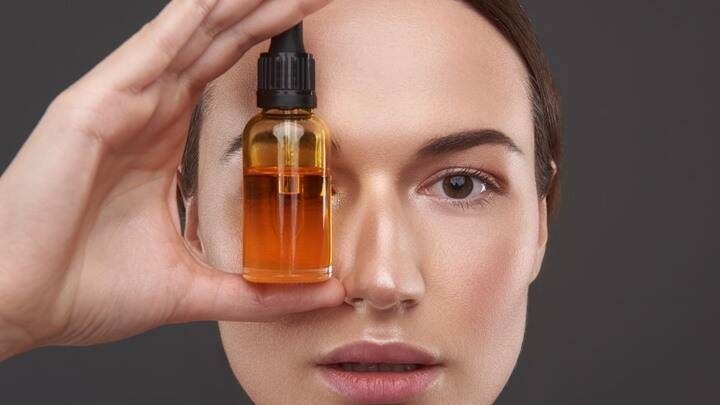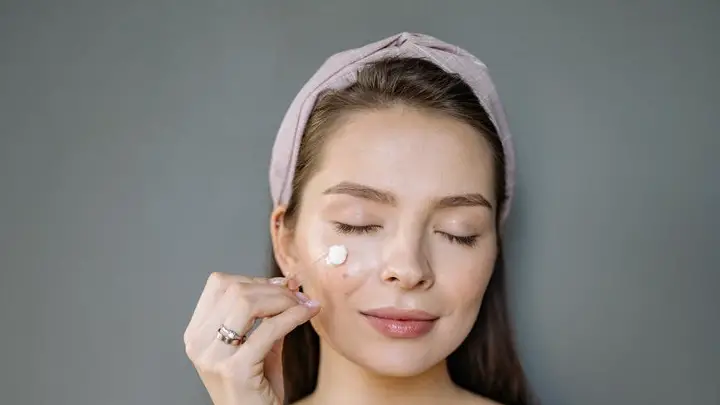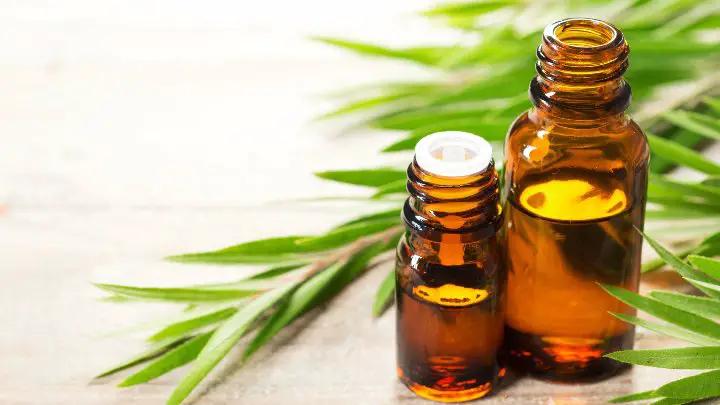You may have heard of the wonders of retinoids when it comes to treating acne. One of the most popular treatments prescribed for acne treatment is tretinoin. Tretinoin, also known as Retin A, is a retinoid that works to solve skin issues. Does Retin A help acne?
Tretinoin is a prescription-strength retinoid that has been approved to treat acne by the United States Food and Drug Administration(FDA). Not only does it treat acne, but it also helps to prevent the formation of more acne in the skin.
Acne breakouts occur as a result of the mixture of dead skin cells and oil from your glands. This mixture clogs up your pores, thereby leading to acne breakout. Retin A is one of the strongest topical retinoids that are effective in treating acne.
Read ahead to find out how Retin A works to treat acne and acne scars, along with other useful information to enlighten you on the use of Retin A for acne.
How Does Retin A Help With Acne?
Tretinoin does a couple of things to work on the acne breakout on your skin. First, it works deep in the epidermis to accelerate skin cell turnover. This way, new skin cells will be developed to replace the dead skin cells on the surface of your skin.
It also works by sloughing off dead skin cells from your skin. This results in the reduction of dead skin cell buildup in the pores that contributes to acne breakouts.
It also helps to shrink the pores in your skin and regulate the production of oil in the skin. This will prevent your sebaceous glands from producing excessive sebum(oil).
Sebum is a type of oil that is produced in your sebaceous glands to seal in moisture and protect your skin from damage. However, the production of too much sebum in the skin can clog up your pores.
Also, the skin naturally sheds dead skin cells to maintain itself through skin turnover. However, the dead skin cells can build up on the surface of the skin and mix with sebum. The mixture of sebum and dead skin cells clogs up your hair follicles and results in acne.
The effects of tretinoin on the skin make it less likely for your skin to develop acne because of oil and dead skin buildup in your skin.
A study confirms the efficiency of using the standard 0.05 percent tretinoin gel and 1 percent tretinoin gel. After 12 weeks of the study, researchers concluded that both percentages are significant in the reduction of inflammatory and non-inflammatory acne.
Does Retin A Also Help With Acne Scars?
One research noted that tretinoin can help to stimulate the production of collagen and elastin in the skin. This way, it can treat skin concerns such as skin aging and acne scarring.
As if the struggle of clearing acne is not enough, acne leaves behind small indentations called acne scars. This can make your face look rough and uneven. However, Retin A can work to help you reduce the appearance of acne scars on your skin.
The increased production of collagen on the skin triggered by tretinoin will help to signal the skin to repair itself. Collagen helps to revitalize the skin by evening out the skin tone and making the skin smooth and plump.
How to Use Retin A for Acne and Acne Scars
Since tretinoin is a prescription-strength retinoid, it is best to follow your dermatologist or pharmacist’s instructions on use. Most prescribed products come with usage instructions to guide users in proper usage.
Tretinoin is best applied to the skin as a treatment at night. This is because of the effect of the sun on the skin after using a retinoid. Retinoids make the skin super-sensitive to the sun.
When you want to begin the application of your Retin A product on your skin, ensure that your hands and your face are clean. Wash your face with a gentle soap that does not contain an exfoliant or acid. After washing, blot it dry gently to avoid irritating your skin.
After washing your skin, wait at least 30 minutes for your face to dry up completely before using the tretinoin product on it. Applying it to damp skin will allow the product to penetrate too deep into your skin, and that can irritate your skin.
Once your skin is dry, you can apply the product to the affected areas of your skin. After applying the product to your skin, wait for another 30 minutes before applying moisturizer on your skin.
This will help to seal hydration on your skin and prevent the skin from drying up. This is a very important step, as tretinoin and other retinoids are known to have a drying effect on the skin after use.
As a first-time user of a percentage of Retin A, you should start the application with a low usage frequency. Go for a low percentage Retin A product and don’t use it more than once daily, as using it too often can cause damage to your skin.
How Long Does It Take Retin A to Clear Acne?
Although Retin A is an effective acne treatment, the results you get from using it are often not immediate. However, the general timeline for seeing improvements using tretinoin acne treatment is 12 weeks.
Several factors contribute to the amount of time it will take tretinoin to clear acne and reduce acne scarring on your skin. If your acne is severe, it might take longer for tretinoin to clear the acne on your skin.
The strength of the tretinoin you use also affects the amount of time it will take to clear your acne. A 0.1% will be more effective to treat acne than a 0.05% tretinoin product.
Every skin has its unique way of reacting to skincare products and treatments. It takes different times for different skin to show improvements after using tretinoin for acne treatment.
Your consistency in using the product and the other skincare products you use with tretinoin can affect the time it would take to work on your acne.
What Can You Use With Retin A for Acne?
The use of topical retinoids may restrict you from using certain skincare products. However, you can use your Retin A with skincare products that can help to hydrate your body and keep your skin plump.
The best hydrating ingredient to use with tretinoin is hyaluronic acid. Hyaluronic acid’s main function is to retain hydration in your skin to keep your skin tissue moist. It works for all skin types and does not irritate the skin at all.
One study shows that you can use Tretinoin with oral antibiotics. The study focuses on an antibiotic called clindamycin. Researchers discovered that the use of tretinoin and clindamycin helped to reduce acne significantly in a period of 12 weeks.
Does Retin A Cause Acne Breakout?
Retin A may cause your acne to get worse during the first few weeks of using the treatment. This period is called the “tretinoin purge,” and your acne may get severe during this purge.
However, not everyone gets to experience this but if you do, be patient and determined. Do not give up on using Retin A as your acne treatment. The purge usually happens if new sets of acne are developing in the skin.
The treatment forces them to appear on your skin and then move on to treat the acne on your face. However, that shouldn’t be a cause of worry for you as it is just tretinoin doing its work on your skin.
The increase in acne breakout could also be a result of side effects. If this keeps up for more than 12 weeks, you have to get in touch with your dermatologist or healthcare provider for help.
Frequently Asked Questions
Does tretinoin have side effects?
Yes, it does. Tretinoin can cause several side effects even though it is an effective treatment.
Common side effects of tretinoin include dryness, redness, and peeling of the skin, worse acne breakouts, swelling, and blisters of the skin. The severe side effects include hives, itching, and pain. Contact your dermatologist if you experience any severe side effects.
Is Retin A safe as an acne treatment?
Yes, it is. It is approved by the FDA as a treatment for acne. Retin A has since been used by several people worldwide without major complications.
Even though it can cause side effects, it is still a safe, effective treatment to use to treat acne and reduce the appearance of acne scars.
Does Retin A help with back acne?
Yes, it does. Retin A help to treat acne no matter the spot or area of the skin it appears, be it check, back or face.
It works to clear out the acne on your back, as well as prevent new acne from developing on your back.
Conclusion
Dealing with persistent acne can be so frustrating to deal with. Trying to find an acne treatment that works can also be a bit of a hassle sometimes.
Using Retin A as an acne treatment is an effective way to clear acne, acne scars, and prevent further acne breakouts. Several pieces of research and studies have confirmed the effectiveness of tretinoin in the treatment of acne.
As with other acne treatments, Retin A won’t clear your acne overnight. The timeline for the improvement of acne is 12 weeks. This depends on certain factors such as the percentage you use, the severity of your acne, and how consistently you use your treatment.
Thanks for reading.
Serum101 provides you with more enlightening articles about the use of your skincare products and treatments.
